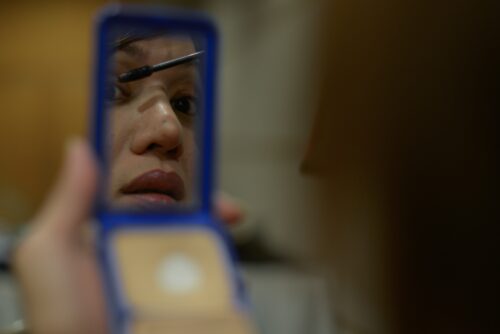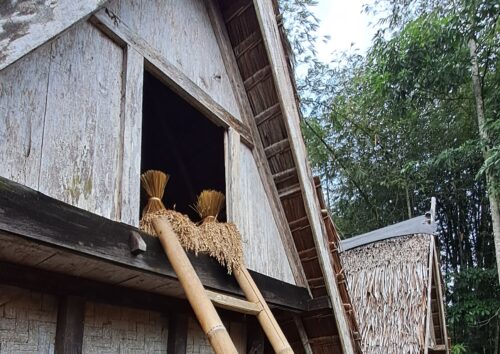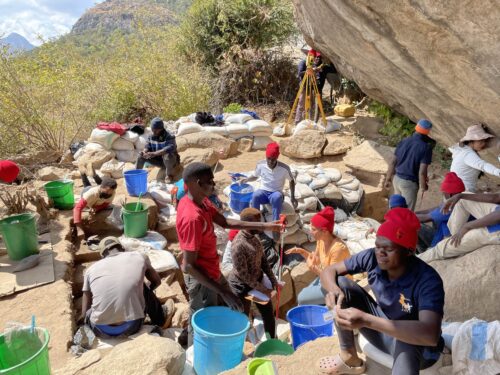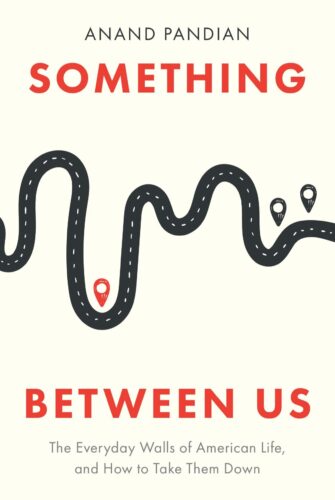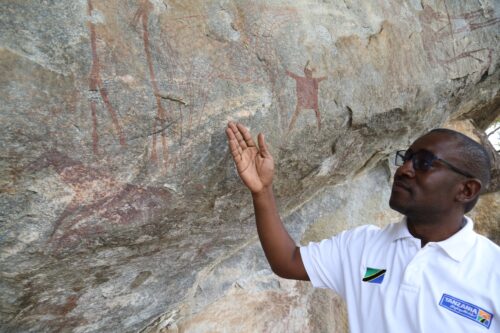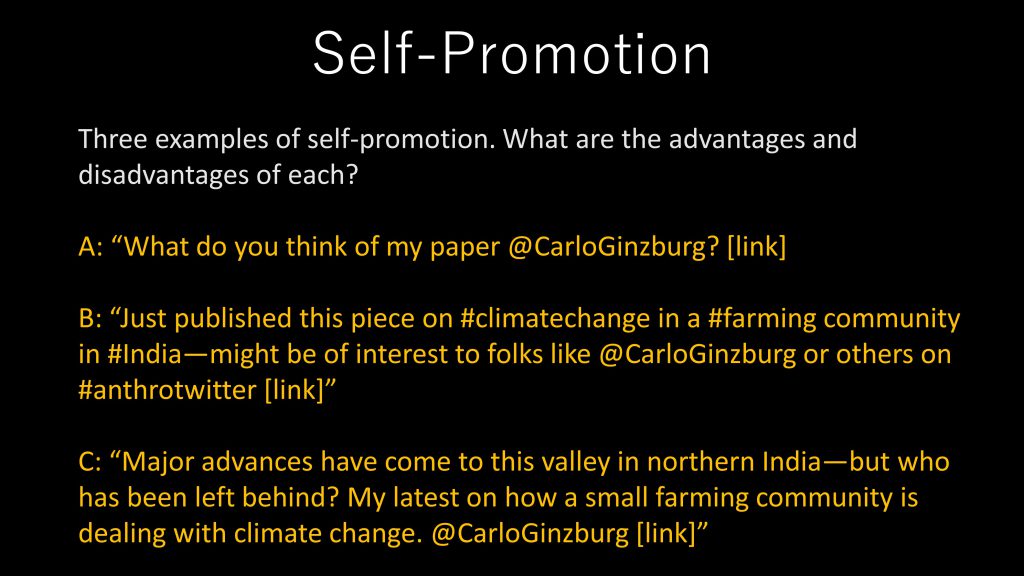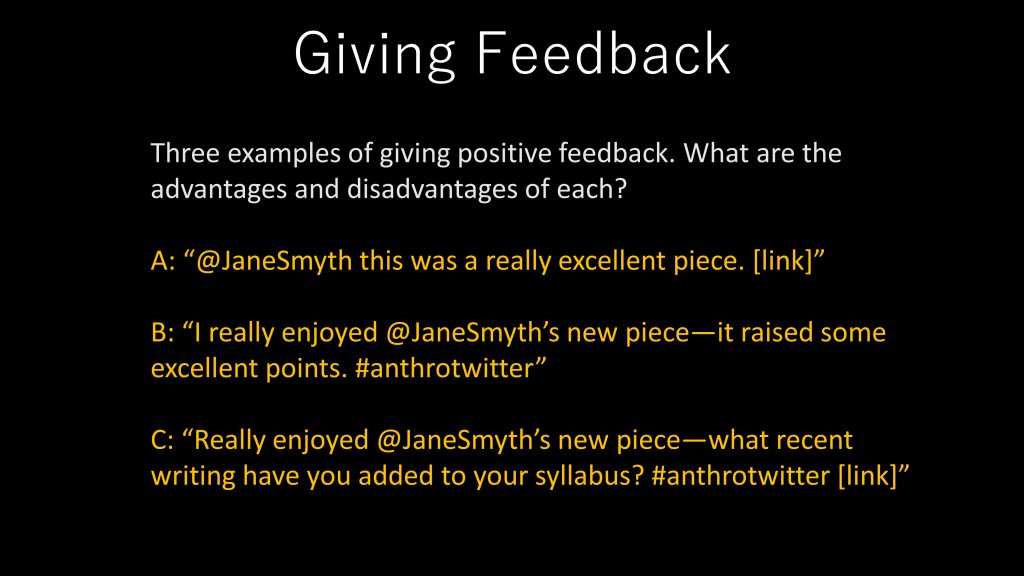How to Promote Research on Social Media

Ask SAPIENS is a series that offers a glimpse into the magazine’s inner workings.
Since SAPIENS launched in 2016, several social media outlets have been central to the magazine’s promotion strategy. Every week, we publish multiple posts on Twitter, Facebook, and Instagram to disseminate our new and archived content, bring anthropology to a broad readership, support the work and ideas of anthropologists, and engage with a diverse range of audiences. Here are some of the key strategies and lessons we’ve learned, which you may find useful in promoting your own research and unique way of seeing the world.
The magazine is fortunate to have had a digital editor, Daniel Salas, for many years, who grew our social media audiences into the tens of thousands. These tips and suggestions come from a workshop we recently led for researchers looking for the basics on how to get started on social media.
CHOOSING social media PLATFORMS
At SAPIENS, we see Facebook, Twitter, and Instagram as having the most potential for researchers to reach audiences ranging from colleagues to interested publics. However, you might also consider being active on Reddit, creating a YouTube channel, or engaging on Pinterest.
Facebook: This platform has a massive potential audience, but it’s more groups- and friends-oriented than other outlets, so individuals typically need to build up a network by requesting people become their “friend” or asking to join a group. In our experience, Facebook is very good for reach (and calls to action, such as getting people to click on articles) but produces relatively low-quality conversations. Although it was once the dominant platform for teens and younger people, many have moved on to other digital spaces, while more than half of 65-year-olds surveyed report using Facebook.
Twitter: Heavily used by researchers, journalists, and public information officers, among others, Twitter is the major outlet for academic conversations in the public sphere. It’s an open, public forum where you can follow most users without requesting their permission. Here you’ll often find a mix of the professional and personal—a colleague may share thoughts on a new scholarly article, a funny cat video, and a statement on national politics all in one day. Twitter is better at building audiences than generating successful calls to action. This platform is most popular for those under the age of 29.
Instagram: Highly dependent on images, Instagram especially benefits researchers who can offer eye-catching photos or fun educational videos. But even individuals and brands that don’t have an obvious visual angle use Instagram to share quotes, maps, graphs, and illustrations. One of SAPIENS’ most popular posts on Instagram illustrated a timeline of feminist anthropology. It’s harder to share links on Instagram, so it’s unlikely to lead to successful calls to action, such as asking people to read your article on another website. Instagram depends heavily on tags and skews toward people under the age of 50.
HOW TO PROMOTE your work
Before you begin, if you aren’t a freelancer, look up your employer’s social media policy. Some organizations have strict rules about what employees can post, and some even forbid them from mentioning the institution. Others may require a disclaimer saying your views are your own.
Second, identify individuals you want to engage with. Trawl the platform to find other researchers in your field and journals, societies, and publications in your areas of research. Also look at the people who follow those researchers and organizations, and consider following the ones whose interests align with yours, especially if they have a lot of followers. You can search for people or organizations directly by name, via keywords (such as Neanderthal, race, or repatriation), or by using hashtags to search by subject (such as #Ethnomusicology or #Bioanthropology). Follow and follow back with abandon to build your audience.
Next, identify conversations you want to be part of and use the platform as a networking tool. Social media algorithms favor users who post frequently and whose posts are liked, shared, and commented on more often. If you use social media rarely, it’s likely your posts won’t be seen by many people. So, even if you’re reluctant to post much about yourself, it’s beneficial to link to a great article or video from a colleague, thank another researcher who helped you, or announce a job opening at your institution, for example.
Then identify ways to entice others toward a desired action, such as clicking on an article or entering a dialogue about a topic that’s important to you. This is a difficult task with no easy formula. You can experiment with sharing different types of content (serious or humorous) and using hashtags. Speak to curiosity, playfulness, self-image, and calls to action. Some of SAPIENS’ more popular posts are cartoons, pop culture surveys, and engagement-oriented questions like “Which women in anthropology have most inspired you?”
If your research is published and you want to promote it to a broad audience, it’s not a good idea to simply post a link to the article, announce you have a new paper out, and state the title. Both the title and paper are probably full of jargon that’s impenetrable to a general reader, so you’ll need to translate your research into simple and intriguing language.
You might discuss the main takeaway, explain why your findings are relevant to a general audience, mention something amusing or surprising you learned, talk about what motivated you to conduct the research, or share a moving or entertaining story. If possible, post photos or other visual material. You can even turn your research into a fun illustration.
Finally, it’s important to consider the balance between presenting your professional and personal life on social media. Some people keep these personas relatively separate, often by posting personal information to Facebook that only their “friends” can see, while using Twitter for professional communication. Others find success by showing facets of themselves that extend beyond their research personas, especially on Twitter. In either case, you don’t need to share your personal life to generate engagement on social media, but you do need personality. Few will tune in if your content is overly plain or plain boring.
NAVIGATING INTERACTIONS
Engaging with audiences might be considered a double-edged sword. On one hand, it empowers you to have a voice among supporters, fans, (actual) friends, and colleagues. It can be very rewarding. On the other hand, it might involve hearing from detractors, adversaries, antagonists, and, well, jerks. This can be very depressing.
Here are some tips and strategies to keep in mind:
- Communication is not necessarily two-way. You’re never obligated or expected to reply.
- Don’t worry if people don’t reply to you (see above).
- Don’t look for arguments.
- Before jumping into a conversation, ask yourself: “Is this a topic or dialogue that relates to my experiences or expertise? Can I contribute additional insight, or is it too far outside of my wheelhouse?”
- Remember that human beings (presumably) are behind the comments.
- If someone pays you a compliment, “liking” their comment is often enough thanks.
If (OK, when) you receive negative comments, consider the following:
- Ignore the ugly stuff and move on.
- Try to discern good faith comments and consider replying to them.
- Know that you might not be able to exit or end the conversation easily if you make a misstep or start an argument. So, tread carefully.
- If you’ve made an honest mistake, it’s OK to apologize. But more often than not, unkind comments come from people who have a preexisting ax to grind, so try not to take them personally. If people are abusive, then “block” and report them.
FINAL THOUGHTS
Engaging with social media is not a requirement for the 21st-century scholar. However, the platforms can be tools to help you establish your reputation, share and spread your ideas, and connect with a range of audiences.
If you do jump in, start out by wading slowly through the platform, learning and watching, observing and participating—like any anthropologist should.

